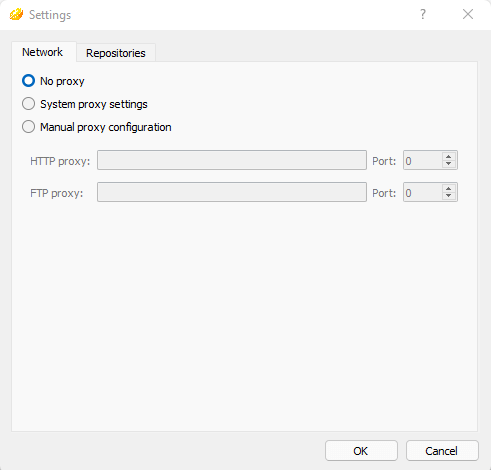

There is also no way of adding games to the native emulator without CFW. You need CFW to run emulators or any software for that matter that's not already on the switch.This time it's the ability to run Homebrew and Emulators right off the home menu of the Switch It seems like there always something new popping up for the Nintendo Switch homebrew scene to share and play with. Install Homebrew & Emulators right on the Nintendo Switch home Menu.g powerhouse into a complete multi-platform monster, expanding its already massive game library.Nobody serious would recommend doing your first playthrough of BotW through Cemu at this time, you'd be spoiling your experience.Home Can you put emulators on Switch RetroArch - Emulators on Nintendo Switch - CFWaif That's doubly true on extremely new emulator projects. Less technical fiddling, more stability, etc. If you own the hardware, it's so much easier to pirate a game than to play it on an emulator. At that time Cemu was just getting started and hadn't released their 1.0.0 version yet. "Piracy on the Wii U has been doable for close to 1.5 years already. And, as it turns out, having open access to a console tends to lead to piracy extremely quickly (and it becomes easier and easier over time, with e.g. Without it, you can't do any advanced reverse engineering and figure out how the intricacies of the system behave. "Having open access to a console is pretty much a requirement to make good progress on emulating the system. Had we as an industry embraced emulation instead of fighting it, we could have sold it to consumers as the wonderful tool that it is.

This is pretty much all a non-problem with open source software, as you can verify everything yourself.īourdon made a more technical argument: when new console hardware arrives, emulation is not the initial tool that enables piracy. The rapid (and closed) development of CEMU has made many people wonder if there's anything illegitimate going on behind the scenes, like the use of stolen documentation, official Nintendo SDK's and such. WIth a closed source emulator like CEMU, it is hard to determine how much of the emulator has been built up on reverse engineering and bits of publically available documentation, and how much of it was built with actually illegal use of Nintendo property. This is why Dolphin does not ship with any official BIOS files by default, and uses reverse engineered ones instead. Code can still be copyrighted, as can things like the BIOS as well as SDK's and things like that. This pretty much makes things like Dolphin legal without any question (until there are other legal cases which change this).

Sony lost a battle that basically confirmed the legality of emulation.


 0 kommentar(er)
0 kommentar(er)
